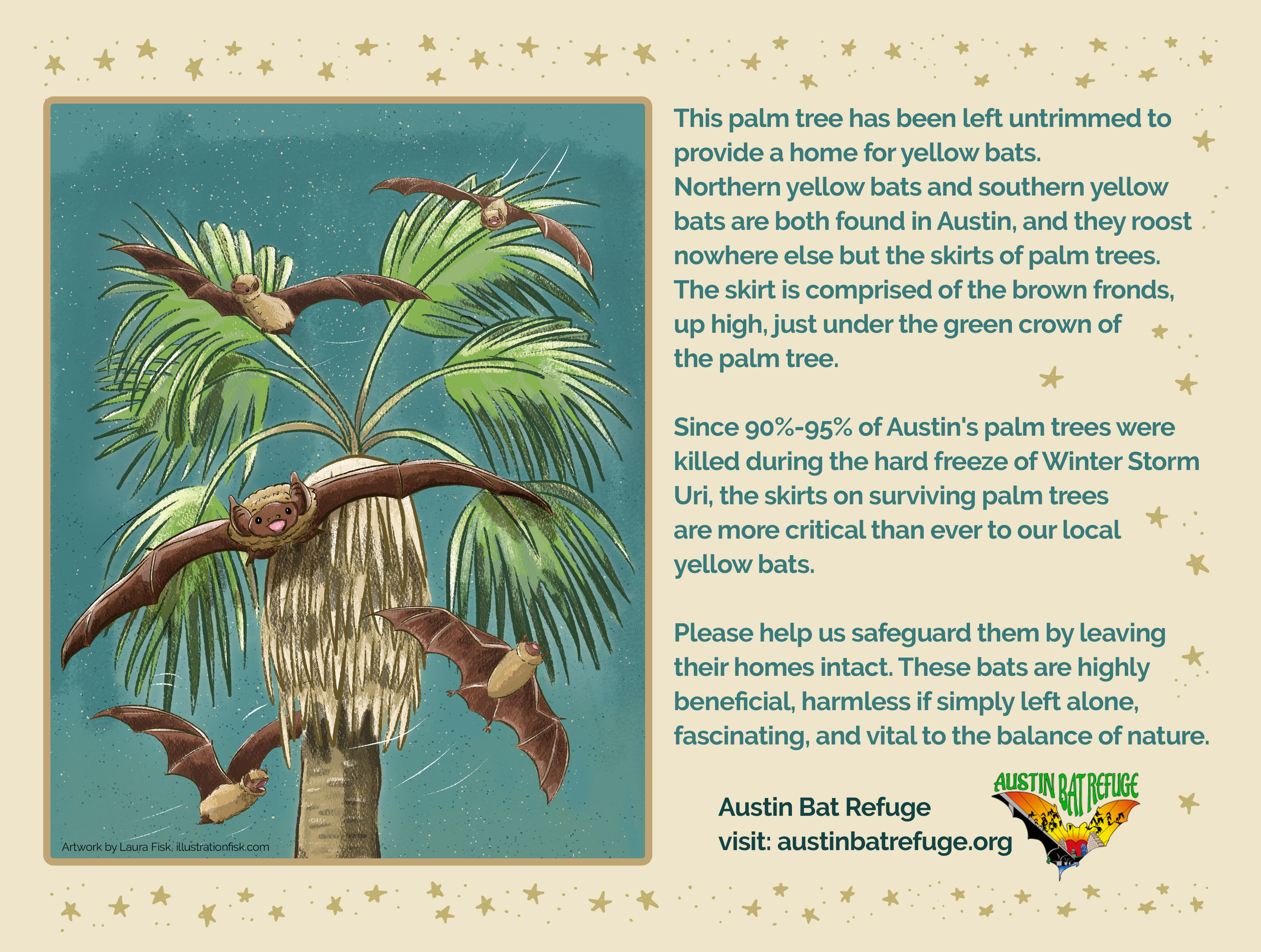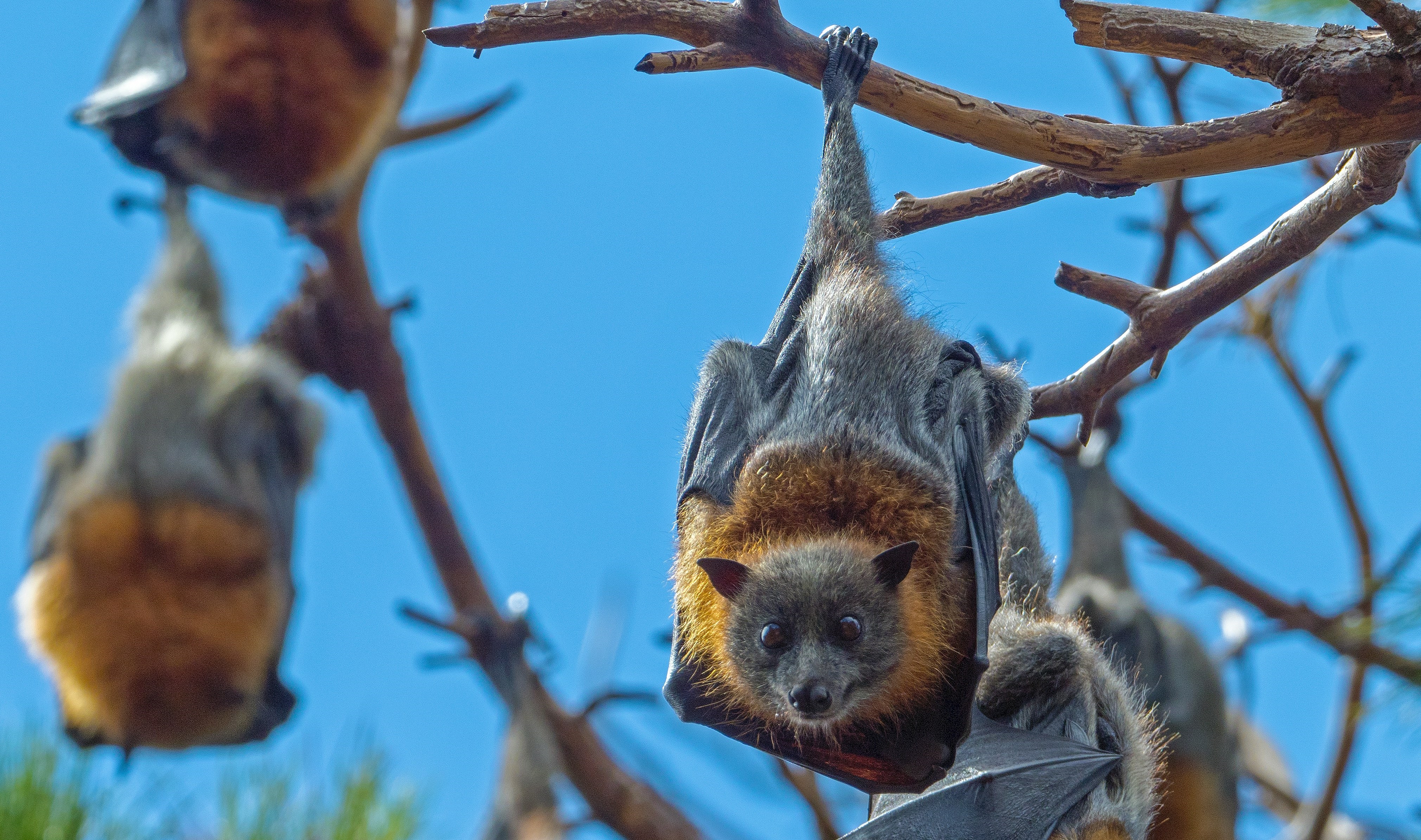Sensitivity to Temperature Changes
It's important for bats to have stable, low temperatures for hibernation and migration.
Changes in weather patterns and habitat conditions due to climate change may impact bat distributions, altering their foraging areas and roosting habits. These changes can disrupt their natural behaviors, affecting both bat populations and the ecosystems they inhabit. 1
Climate change increases heat and water stress on bats, particularly pregnant and lactating females.
Scarce water resources near maternity roosts during hotter and drier years reduce reproductive success.
Altered behavioral patterns due to climate change disrupt traditional roosting and foraging sites.
Population declines result from reduced reproductive and survival rates among bat populations.
Models suggest significant reductions in bat populations, especially in arid regions of western North America. 2
Bat habitats are under threat due to the changing temperatures as explained by the image below 3

Pesticides
The use of pesticides, even when aimed at controlling agricultural pests, can unintentionally harm bats by diminishing their prey populations and leading to direct poisoning. This risk not only impacts bat numbers but also compromises the ecosystem services they offer. 1
Habitat Loss and Disturbances
Urbanization, deforestation, and agricultural expansion disrupt bat habitats 1
Wind Turbines 4
Research shows spinning turbines at slightly higher speeds has been shown to reduce bat deaths by 50-60%.
Bats collide with wind turbines most often during their migratory movements in spring and late summer to early fall.
Scientists propose various theories for these collisions:
- Bats may perceive turbines as large trees suitable for roosting.
- Bats may mistake the reflective surfaces for water.
- Bats may forego echolocation during migration due to familiarity with their route, or approach turbines out of curiosity.
Regardless of the reason, when bats encounter turbines, it often results in serious injuries or death due to the turbine blades. Scientists recommended turning off wind turbines during low-wind conditions in late summer and early fall, which coincides with bats' fall migration and breeding season, to reduce the risk to bats.
White Nose Syndrome 5
White-nose syndrome is a fatal disease in bats, identified by a fungal growth around their muzzles and wings, discovered in the U.S. in 2006-2007.
It originated in a tourist cave in New York, it has since spread across the central U.S. and Canada, killing over 5 million bats and endangering species.
The disease causes skin lesions that disrupt hydration, electrolyte balance, and temperature regulation, leading to death by starvation and dehydration.
Behavioral changes in affected bats include abnormal waking from hibernation and premature emergence.
It is believed to have been brought to the U.S. from Europe, where bats are not killed by the fungus, suggesting possible genetic immunity in European bats.
Six North American bat species are affected, with varying levels of susceptibility influenced by factors like social behavior and colony size.
Research suggests that social behavior, particularly the size and density of hibernating groups, affects mortality rates and disease transmission.
The little brown bat has shown adaptive behavior changes, by hibernating singly to reduce disease spread, potentially saving it from extinction.
Ongoing research explores other factors influencing disease susceptibility, including skin bacterial communities with anti-fungal properties and microclimates in hibernation sites.
White Nose Syndrome can be spread by humans accidentally from cave to cave on footwear, clothing, and gear of cave visitors.
Works Cited
- Ismaili, R. R. R., Ismaili, O. M. R., Khan, M., & Amine, M. A. D. (2023). BATS IN FOCUS: UNVEILING THE CONSERVATION IMPERATIVE AND ECOLOGICAL SIGNIFICANCE. Indian Journal of Scientific Research, 14(1), 63+. https://link-gale-com.library.collin.edu/apps/doc/A770545118/AONE?u=txshracd2497&sid=bookmark-AONE&xid=b9918711
- Hayes, M. A., & Adams, R. A. (2017). Simulated bat populations erode when exposed to climate change projections for western North America. PLoS ONE, 12(7), e0180693. https://link.gale.com/apps/doc/A497893542/AONE?u=txshracd2497&sid=bookmark-AONE&xid=d0ac2a58
- Austin Bat Refuge. (n.d.). Bat-Friendly Parks. Austin Bat Refuge. Retrieved April 4, 2024, from https://austinbatrefuge.org/best-practices-for-creating-bat-friendly-parks/
- National Park Service. (2016, October 7). Wind Energy. https://www.nps.gov/subjects/bats/wind-energy.htm
- U.S National Science Foundation. (2012, October 31). The Night Life: Why We Need Bats All the Time--Not Just on Halloween. National Science Foundation. https://new.nsf.gov/news/night-life-why-we-need-bats-all-time-not-just
